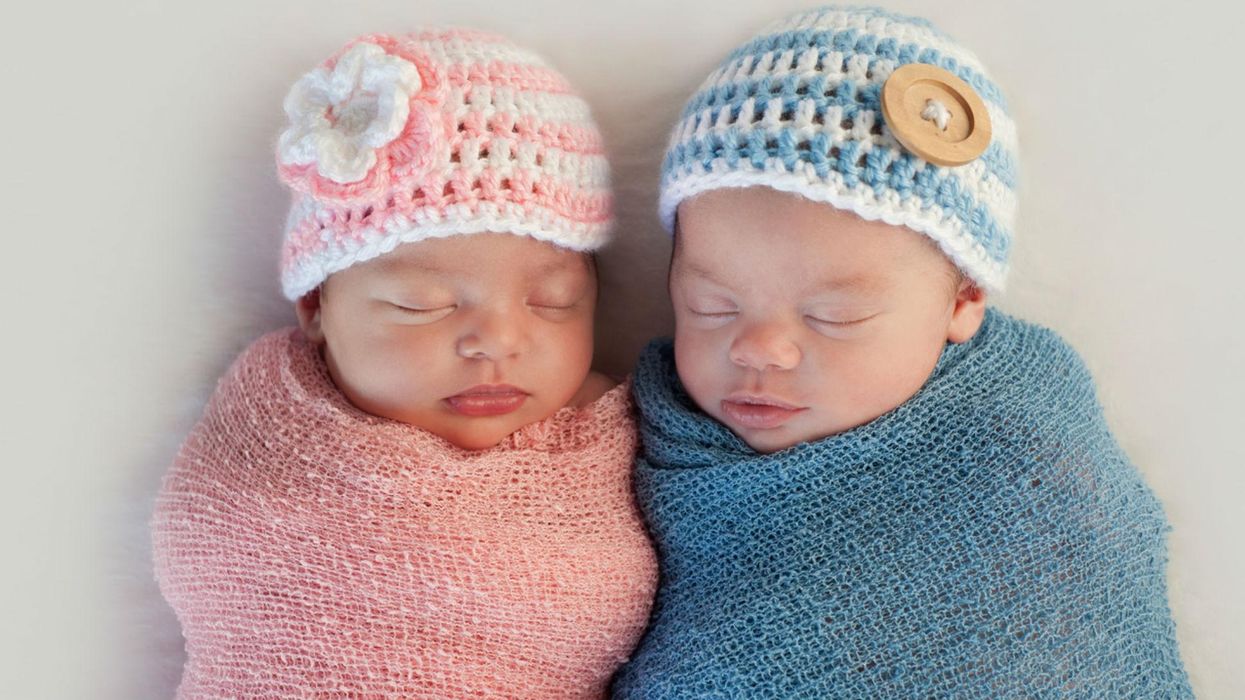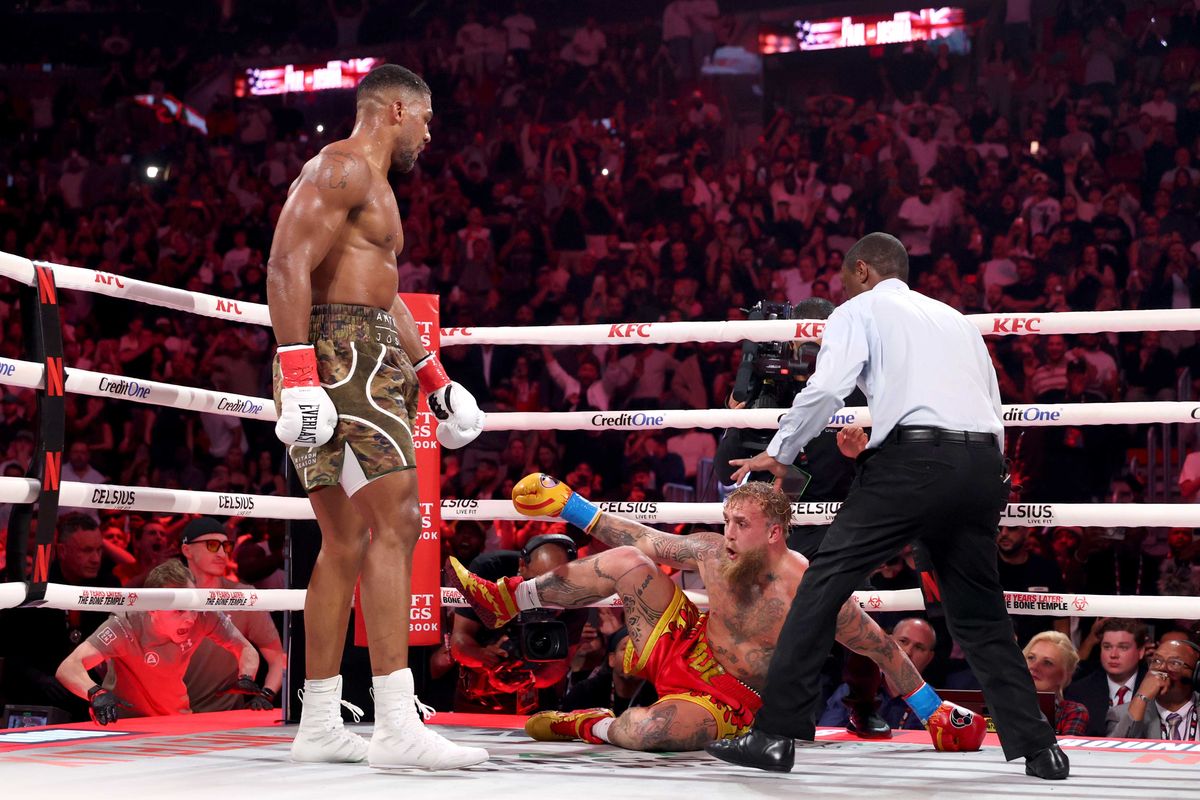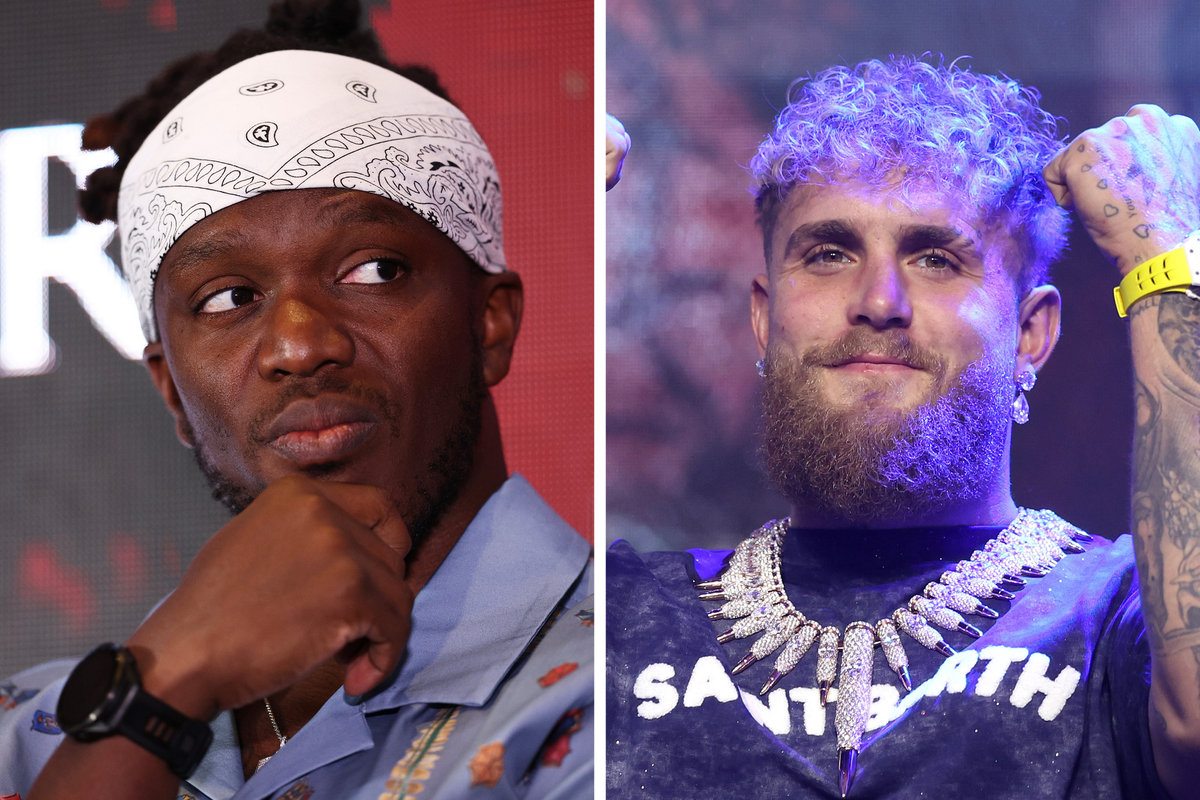News
Jessica Brown
Oct 08, 2017

Picture:
iStock/Getty Images
It’s so ingrained in our minds to see pink as a girl’s colour and blue as a boy’s, especially when it comes to children. But this hasn’t always been the case.
Dressing your boy in pink used to be about as masculine as it got.
Colour expert and lecturer Gavin Evans told Business Insider that there were adverts in the late 19th century and early 20th century telling mothers to dress their baby boys in pink if they wanted them to grow up masculine, and to dress their daughters in blue if they wanted them to be feminine.
He explains why:
This was advice that was very widely dispensed with and there were some reasons for this. Blue in parts of Europe, at least, had long been associated as a feminine colour because of the supposed colour of the Virgin Mary’s outfit.
Pink, he says, was seen as a boy’s version of masculine red.
And ad agencies are responsible for the change. He said:
It gradually started to change however in the mid-20th Century and eventually by about 1950, there was a huge advertising campaign by several advertising agencies pushing pink as an exclusively feminine colour and the change came very quickly at that point.
He explains in his book, The Story of Colour, that we’re 'bombarded' with opinions, meaning and facts about colour, depending on our culture. For example, the English-speaking world associates black with death and green with envy. But as we can see with pink and blue, this always has the potential to change.
More: An algorithm has revealed the staggering gender bias in sports journalism
Top 100
The Conversation (0)












